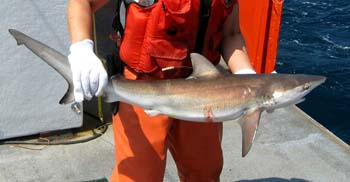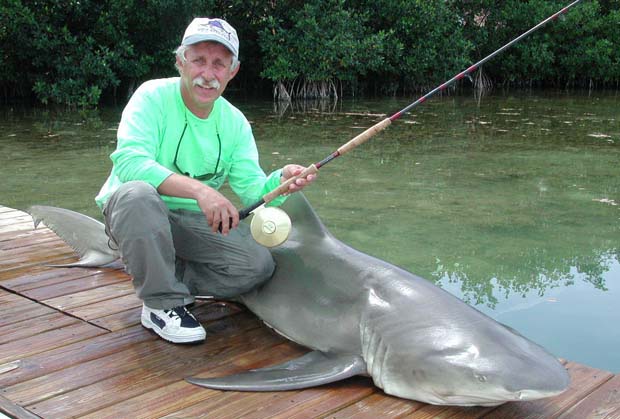Here are five myths about sharks to celebrate these fascinating creatures during the Discovery Channel’s “Shark Week.”
Story by Lindsay Dodgson, a Live Science Contributor | June 28, 2016
[dropcap]S[/dropcap]harks have a reputation (at least in popular culture) for being fearsome creatures, prone to attack with their sharp, scary teeth. But despite all the interest surrounding sharks, there are many misconceptions about these predators and the important role they play in marine communities.
Myth #1: All sharks eat people
Actually, they don’t. In fact, the World Wildlife Fund said that the majority of sharks eat fish and invertebrates like squid. Shark attacks normally happen by accident due to poor visibility in the water, which is why there are so many more cases of people being bitten by sharks rather than killed by them. On average, there are about 30 shark attacks reported every year, but just five to 10 are fatal. In fact, vending machines kill more people every year, according to the U.S. Consumer Product Safety Commission, which states there were 37 known vending machine fatalities between 1978 and 1995.
Some researchers such as Daniel Bucher, a shark expert at Southern Cross University, suggest that human flesh is unpalatable to sharks and that people are far from being the predators’ meal of choice.

Dusky Shark. NOAA image credit.
Myth #2: Sharks aren’t clever and have tiny, walnut-size brains
False. Sharks are actually one of the most intelligent creatures in the ocean, thanks to more than 400 million years of evolution. The animals used to be considered unintelligent, but in recent years scientists have found that sharks can display complex social behaviors. For instance, a 1996 study by Wesley Strong found that several sharks would investigate a square object before approaching a seal-shaped one, likely out of curiosity. In addition, research by shark expert Aidan Martin described 29 different threat displays, showing that some sharks can even communicate with each other using body language. And as for their allegedly tiny brains? The animals’ brain-to-body ratio is similar to that of most birds and mammals, according to a paper by Leo Demski and R. Glenn Northcutt who studied shark brain size in 1996.
Myth #3: All sharks are big and scary, and have lots of sharp teeth
Not all sharks look like the infamous predator from the 1975 movie “Jaws.” There are more than 450 species of sharks, and they come in all shapes and sizes. The deepwater dogfish shark is a tiny 8-inches (20 centimeters) long, while the whale shark can grow to be more than 40 feet (12 meters) long. The basking shark is the second largest fish in the sea, but it eats only plankton with its tremendously large mouth, which can measure more than 3 feet (0.9 m) wide. Great white sharks, on the other hand, can deliver fatal bites with their rows of 300 serrated, triangular teeth. The frilled shark looks a bit like an eel with more teeth, and the hammerhead shark has a distinct flat, T-shaped head, as the name suggests.

Marty Arostegui, IGFA all-time record holder, with record lemon shark caught while being guided by Captain Delph off Key West. Contact Delph Fishing for your Key West shark adventure
Myth #4: If you’re attacked by a shark, you should punch it in the nose
That’s probably not a good idea. David Shiffman, a shark scientist at the University of Miami’s Abess Center for Ecosystem Science and Policy, has been answering questions about sharks on his Twitter page for years, and said that generally, punching doesn’t work very well when you’re underwater. He suggested the best way to escape is to go for the shark’s eye. Sharks have an eyelid-like barrier to protect them from prey thrashing around in their jaws, but it’s not designed to shield from fingers, Shiffman said.
Myth #5: Nothing eats sharks
While the largest sharks, such as tiger sharks and whale sharks, have very little to worry about from predators, the smaller sharks are not so lucky. Some shark species are incredibly small, and so they can make handy snacks for larger species. A few marine mammals, including orca whales, prey on sharks, too.
In reality, a shark’s biggest threat comes from humans. The animals face extinction in every part of the ocean, predominantly because of overfishing. Demand for shark fins, for use in alternative medicine and cuisine, results in around 100 million sharks being killed every year.

